On second thoughts – let’s ask another question, that might be easier: Notice anything familiar? I’ll venture a guess: probably not. This is a North Atlantic Plotting Chart from the 70’s (hauled out of the Flight Service Bureau archives), and it’s the area just west of the Shannon FIR, at 20W. Busy place, back in 1973.
So what are we looking at, exactly? Most of the coloured lines are LORAN lines (dashed ones indicating the station is only receivable at night); but there is also a range ring for the BUSHMILLS (MWN) Consol Navigation Station on the North coast of Ireland (long since gone).
Most interesting is the waypoint marked JULIETT. It’s 52’30N and 20W: Officially known as an Ocean Station Vessel (OSV), this was a Weather Ship operated by the UK and the Netherlands and permanently in position. It was used back in those days to take regular radiosonde readings, collect weather reports, act as a radio beacon (NDB on 370Khz), and provide Search and Rescue (SAR) cover.
There were 10 such ships on the Atlantic; A through E operated by the US coast guard; and I through M by the Europeans.
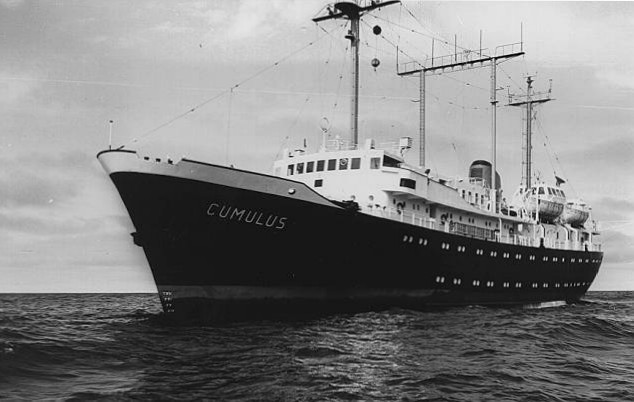
Howard Cox, in “Ocean Weather Ships”, writes: “Light aircraft were reasonably frequent ‘visitors’ on their delivery flights to the UK or Europe. Without exception there was always something not working –VHF but no HF or vice versa, no heating, no DF and so it went on. I remember one occasion when we were on Juliet when we were requested by Shanwick Oceanic Control to keep the ships navigation beacon on continuously and to keep a continuous radar watch on from a certain time. An aircraft being ferried to Europe via the UK had taken off from Gander and lost his radio compass before he had even reached the US Coast Guard cutter manning Ocean Station Charlie.”
Cox continues, “They had brought him over the top of them using their radar, ‘set’ the radar beam in the direction of Juliet and guided the pilot as far as they could along the beam till out of range. We did likewise when he reached our part of the ocean, setting the beam in the direction of Shannon Airport in Ireland and guiding him along that until he passed out of range. In the meantime Shannon did the same when he got in range of them. He was lucky, he made it, crossing the Atlantic courtesy of three radars!”
The value of the SAR function of these ships was proven in the Pacific 1956, when about 1200 miles west of San Francisco Pan Am flight 6 ditched after a double engine failure with no fatalities; all 44 people on board survived thanks to Ocean Station November, which is where this photo was taken from.
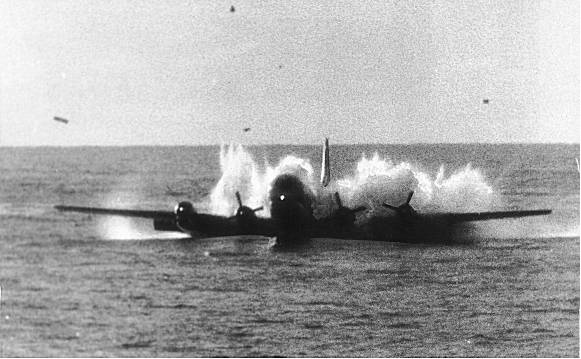
Our next look at old charts will be this one from the Cold War, showing a very distinctive three-corridor system of entry and exit to ….
More on the topic:
- More: More face scans at the US border: BizAv now included
- More: Mexico Customs Surprises: Pills, Vapes, and Laptop Rules
- More: Greenland NAT Alternates: Dec 2025 Update
- More: Crossing the Quiet South: From Australia to Argentina
- More: Major runway shutdowns ahead at KVNY/Van Nuys
More reading:
- Latest: More face scans at the US border: BizAv now included
- Latest: Mexico Customs Surprises: Pills, Vapes, and Laptop Rules
- Latest: Greenland NAT Alternates: Dec 2025 Update
- Safe Airspace: Risk Database
- Weekly Ops Bulletin: Subscribe
- Membership plans: Why join OPSGROUP?



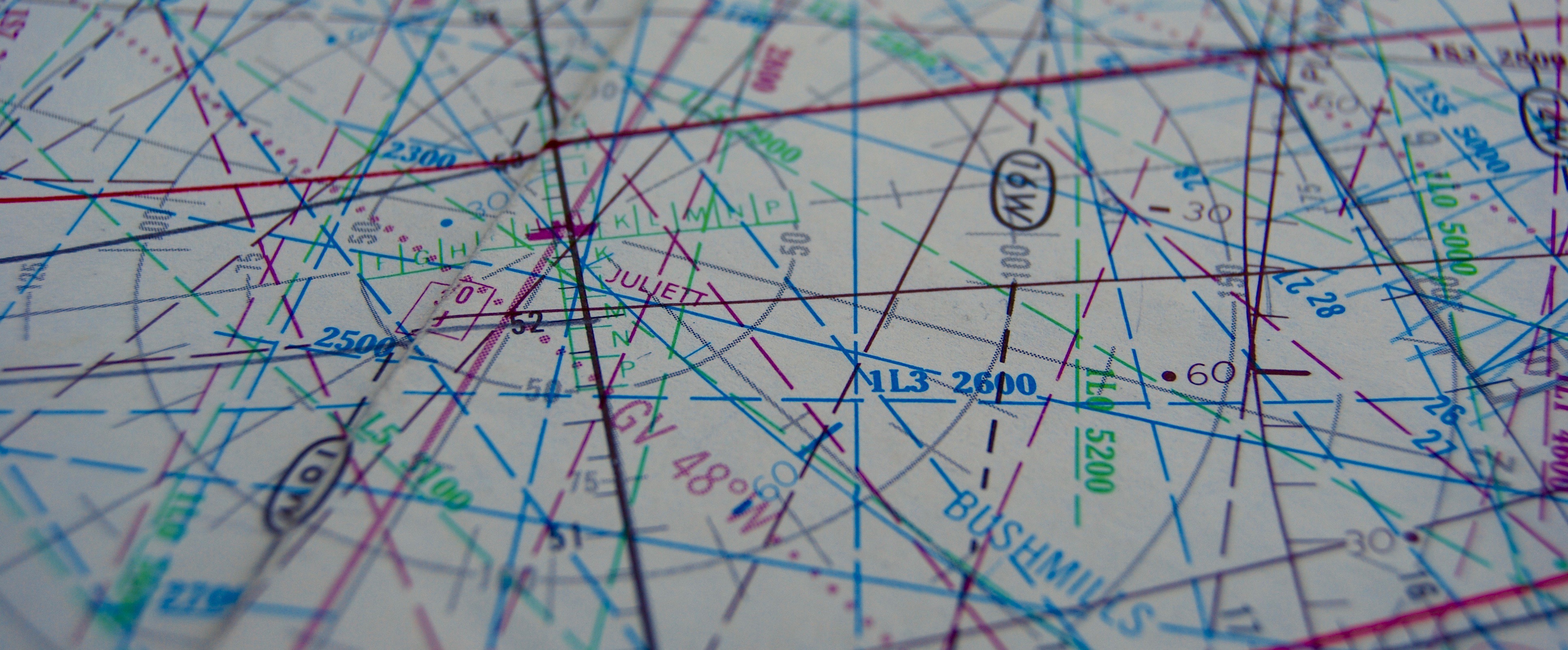
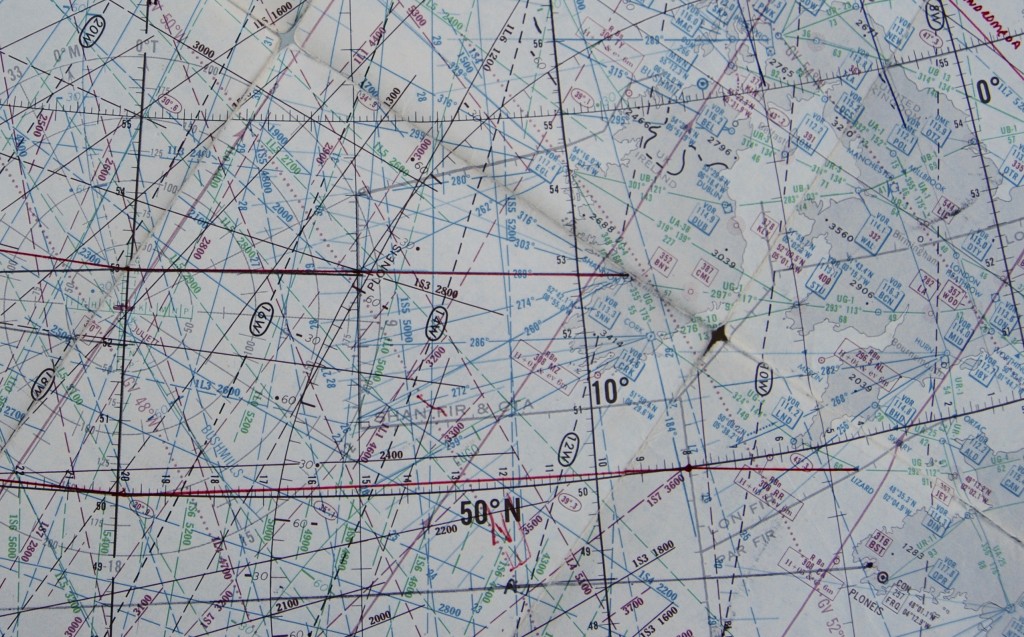
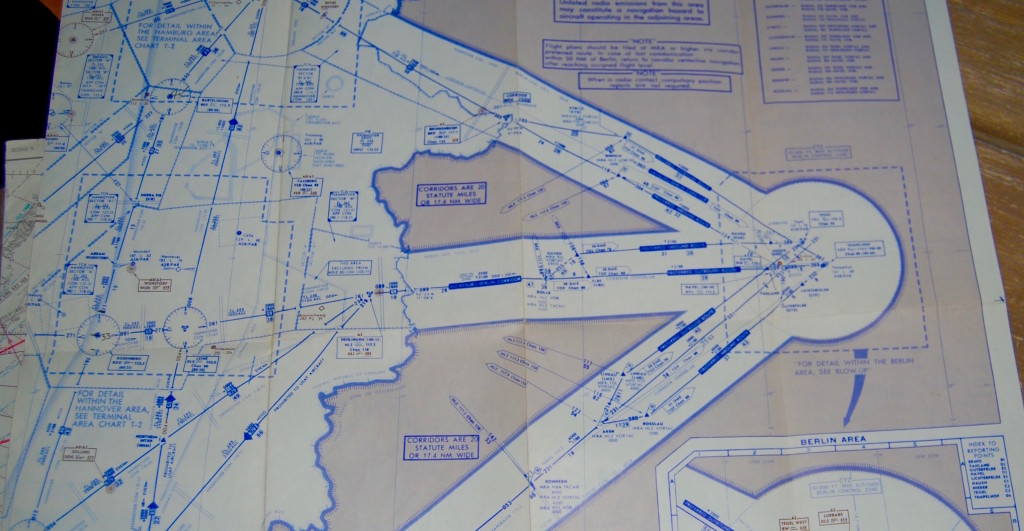







 Get the famous weekly
Get the famous weekly 



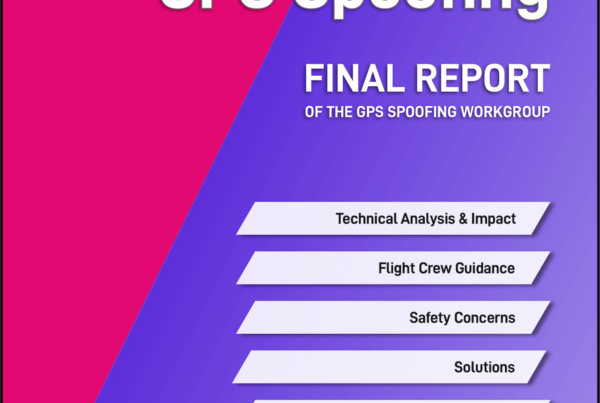
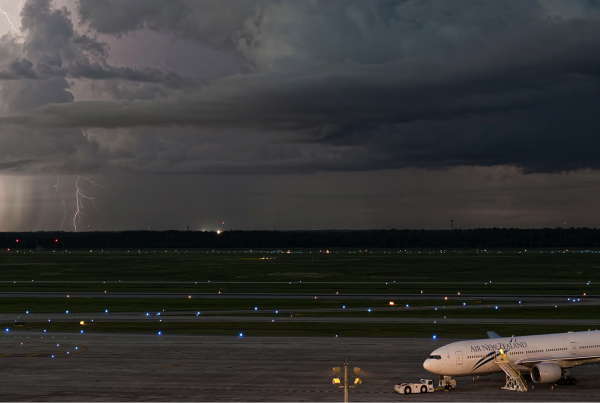
Captain Larkin!
Great to hear your experience! You lived through a magical era in aviation.
It would be awesome if you could post a few documents, pictures etc on line somewhere.
Patrick
Yes, with doppler and Ocean Stations, we successfully got to London or Paris. Then Rome, Cairo or TLV was no problem. I flew 707-331’s F/O in 1966 or so with TWA, then back to Paris as a Captain in 1977 based in Paris and flying to Stuttgart, then based in Brussels and flying the corridor to Berlin twice a day. We flew low and as fast as the plane (727) could go, no speed limits below 10,000feet. We would race a Pan Am 727 back to Brussels! By the time I got to the 747 inertial nav took all the challenge out of oceanic crossings, (except for AA MD-11 almost colliding with a Continental DC-10 ) due to lackedasical navigation policies! (They tried to cover it up, but failed!) They were about 60 miles off course!
Oh, those were the days! Int’l Captains were the movie stars of Europe, and everyone knew that “The Captain’s Word Was Law!”
Michael Larkin Captain B-747 TWA (Ret.)
Very cool to show the old Atlantic charts and Berlin “corridor” charts.
I flew in Berlin for Tempelhof Airways and PanAm Express in those days. It was fantastic flying.
Worth mentioning is that each and every flight into or out of Berlin had to be approved by French, American, British and Russian military officers at BASC (Berlin Air Safety Committee). As I recall our flight plans would state so.
Also , at times we would cruise in the corridors as low as FL 40 or up near FL150 depending on Russian airspace needs.
I fly with FO’s that I tell : you’ll one day fly with FO’s that won’t even know what HF radio is.
Thanks for the great look at these procedures that will be forgotten one day.
Patrick
Captain. Alaska Airlines
… Berlin ✌